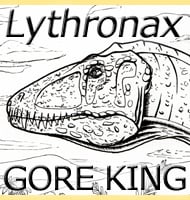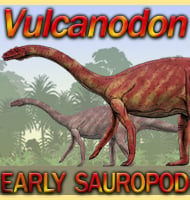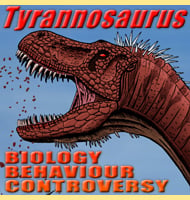Collilongus
In Depth Collilongus is a genus of archosauriform that lived in Poland during the Triassic. Little is known about Collilongus because so far the genus is only known from teeth. Further Reading - Archosauriform postcranial remains from the Early Triassic karst deposits of southern Poland. Palaeontologia Polonica 65:283-328. - M. Borsuk−Białynicka & A. G. Sennikov … Read more


